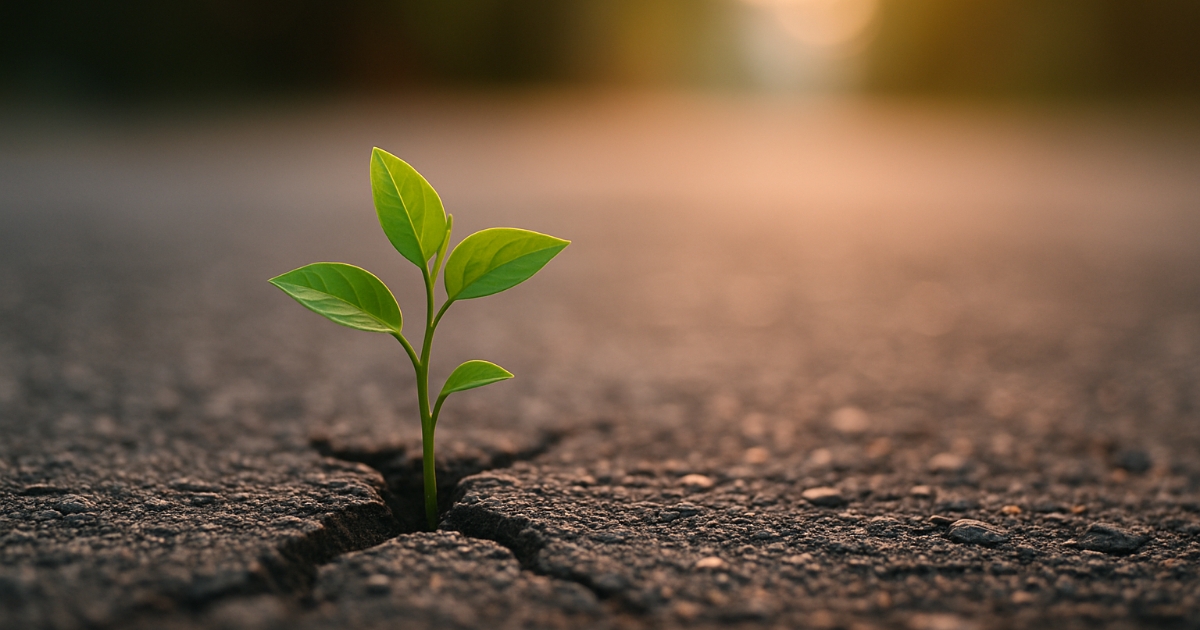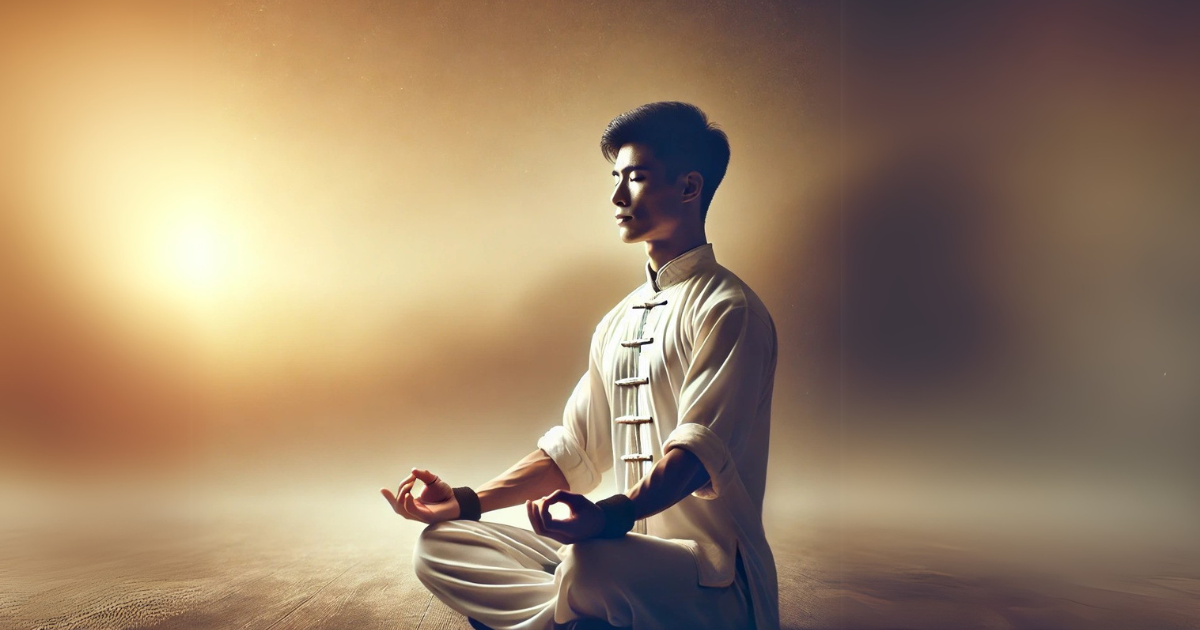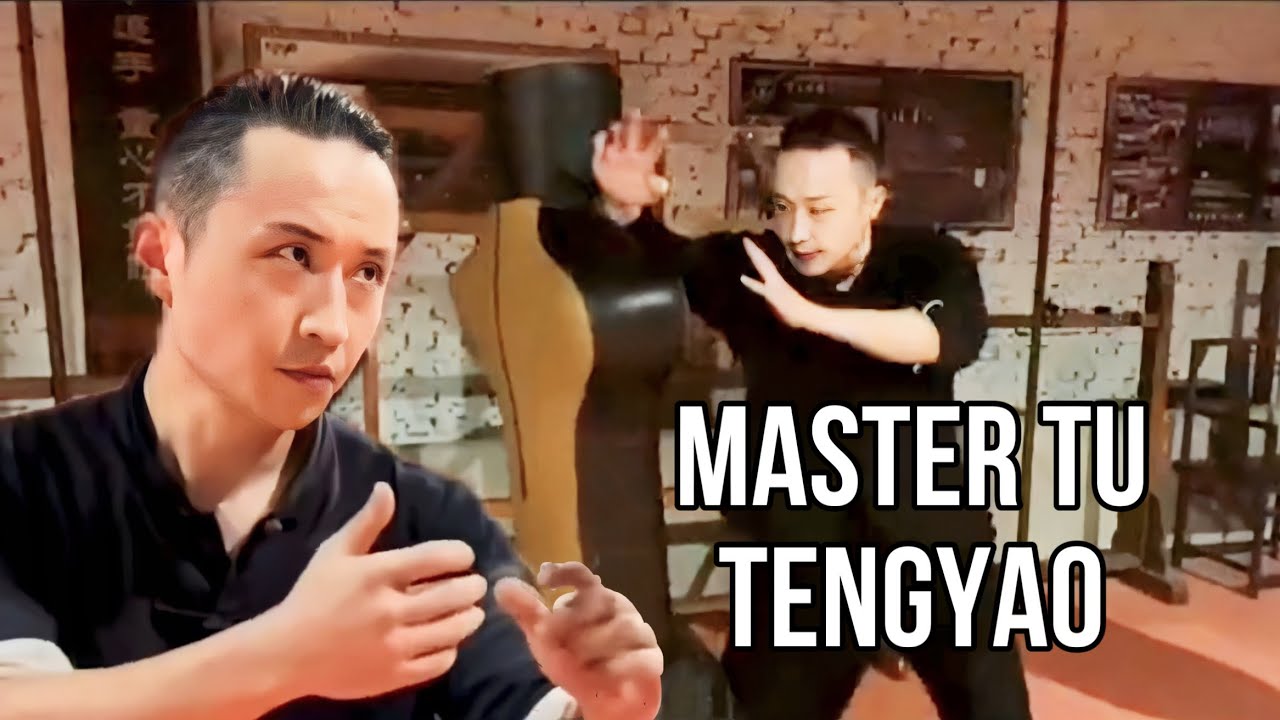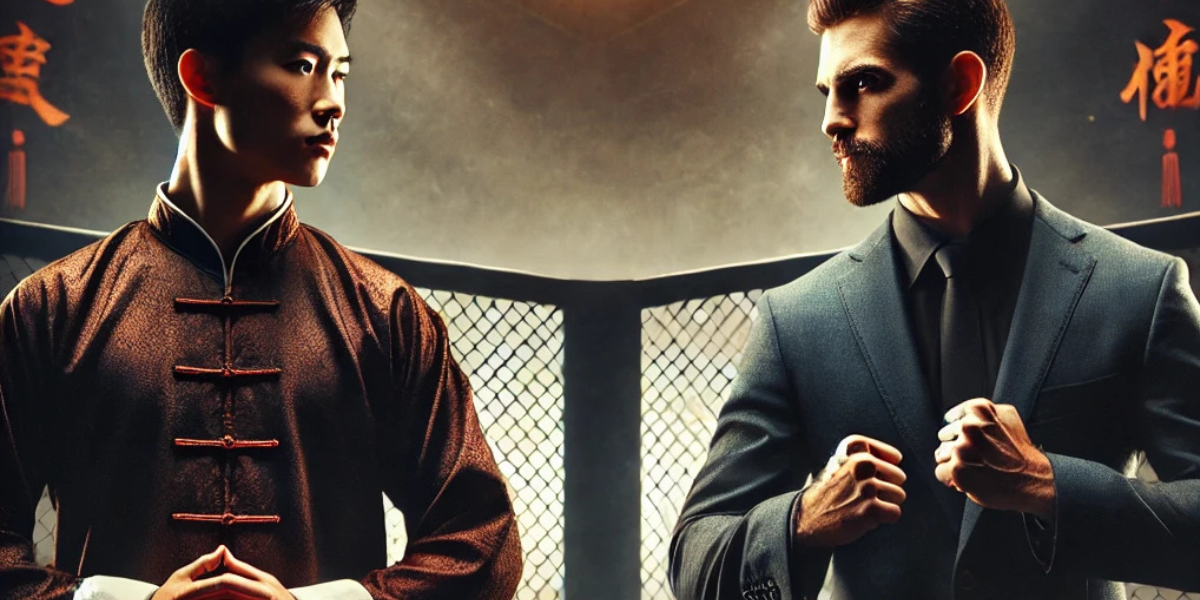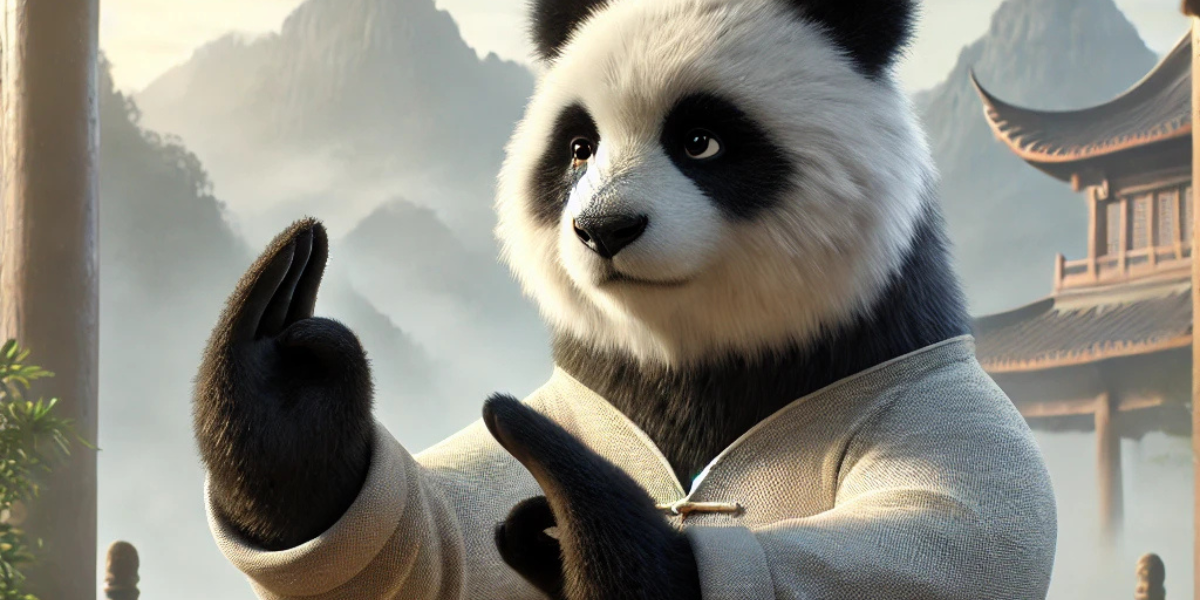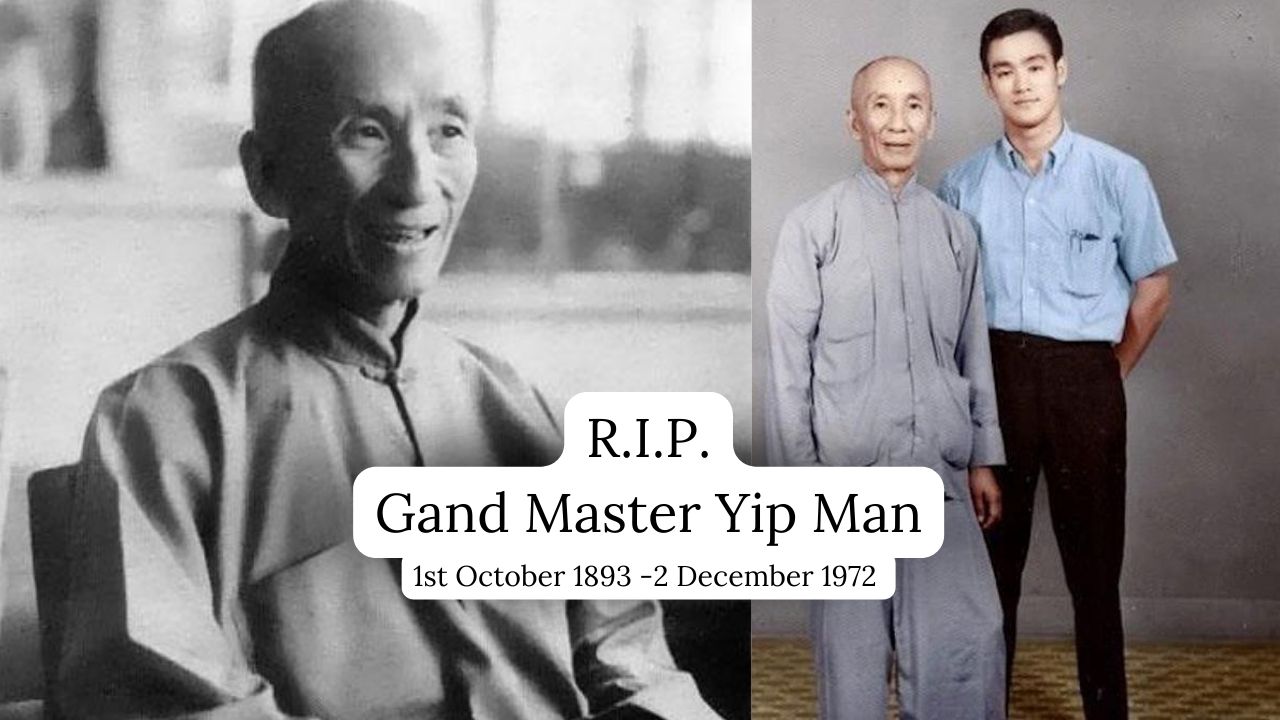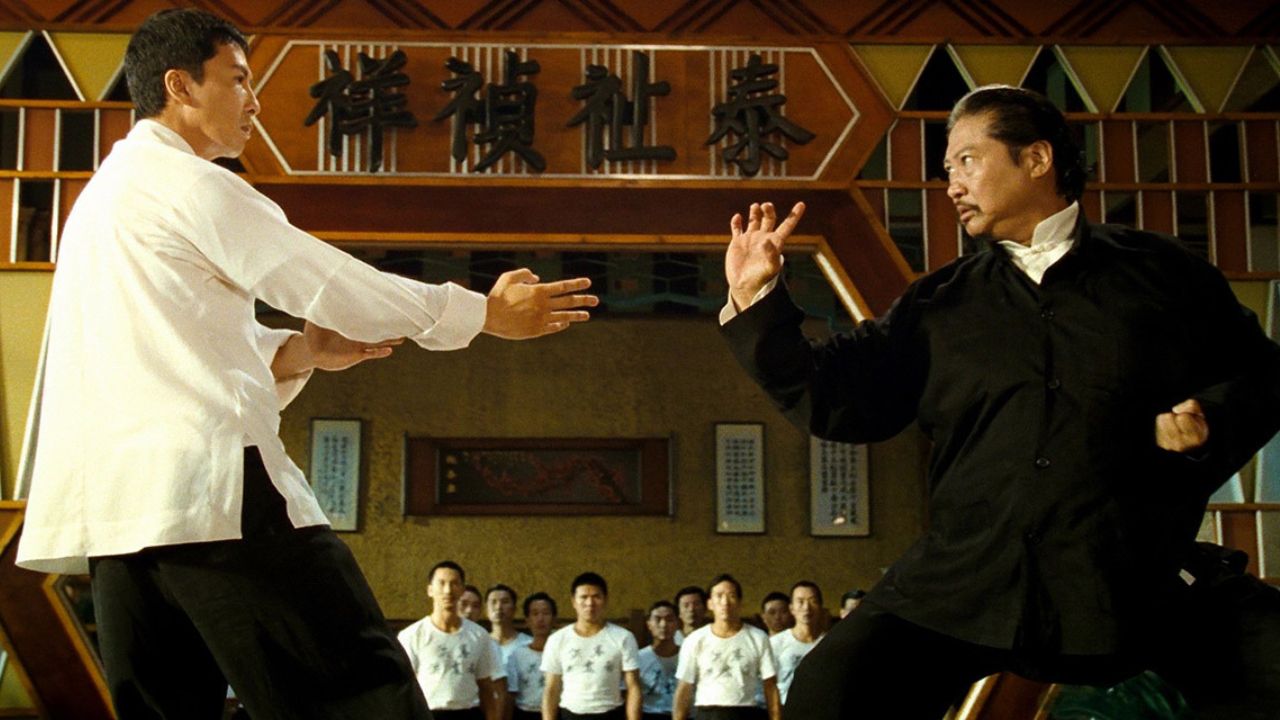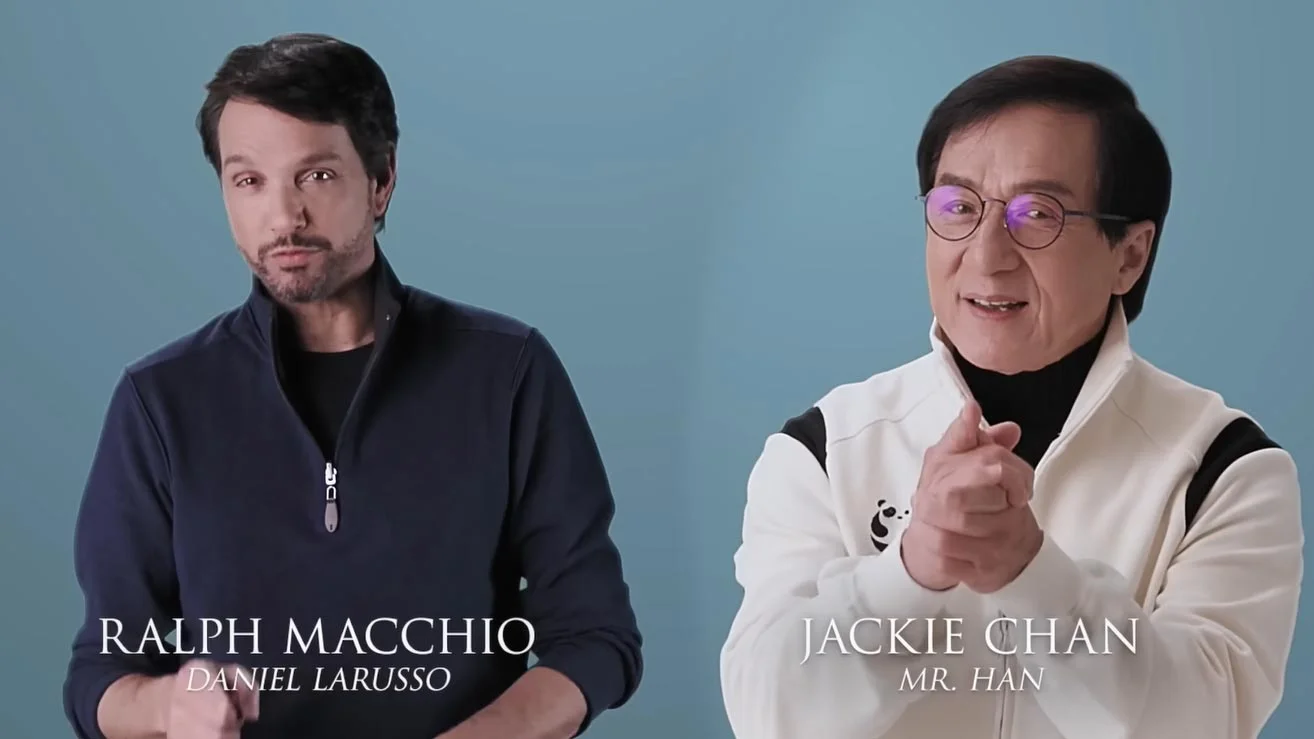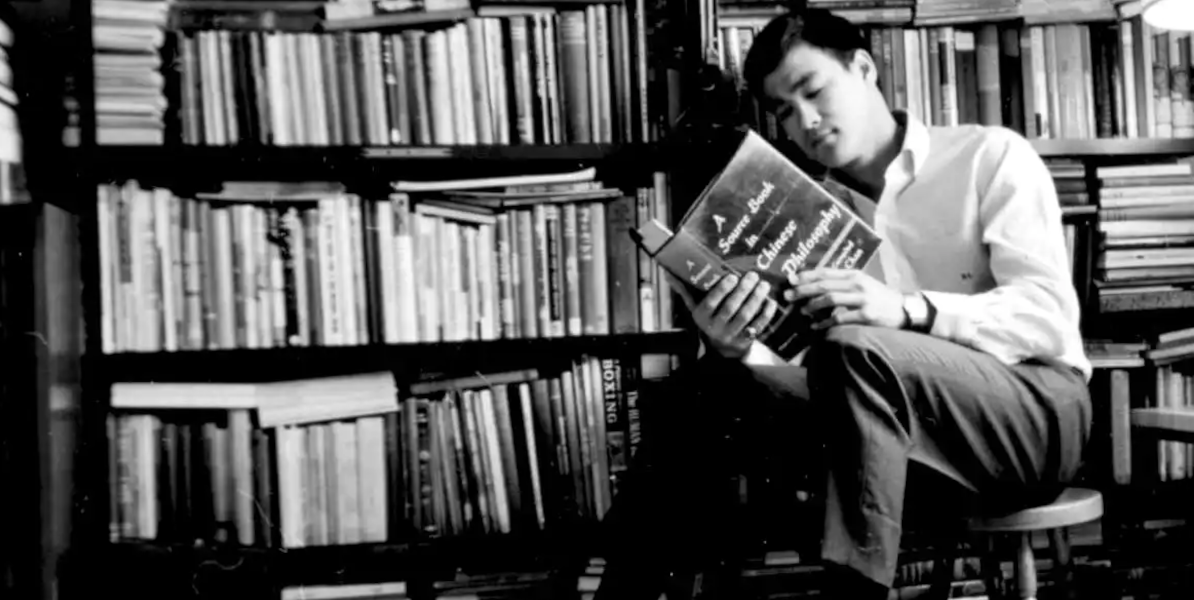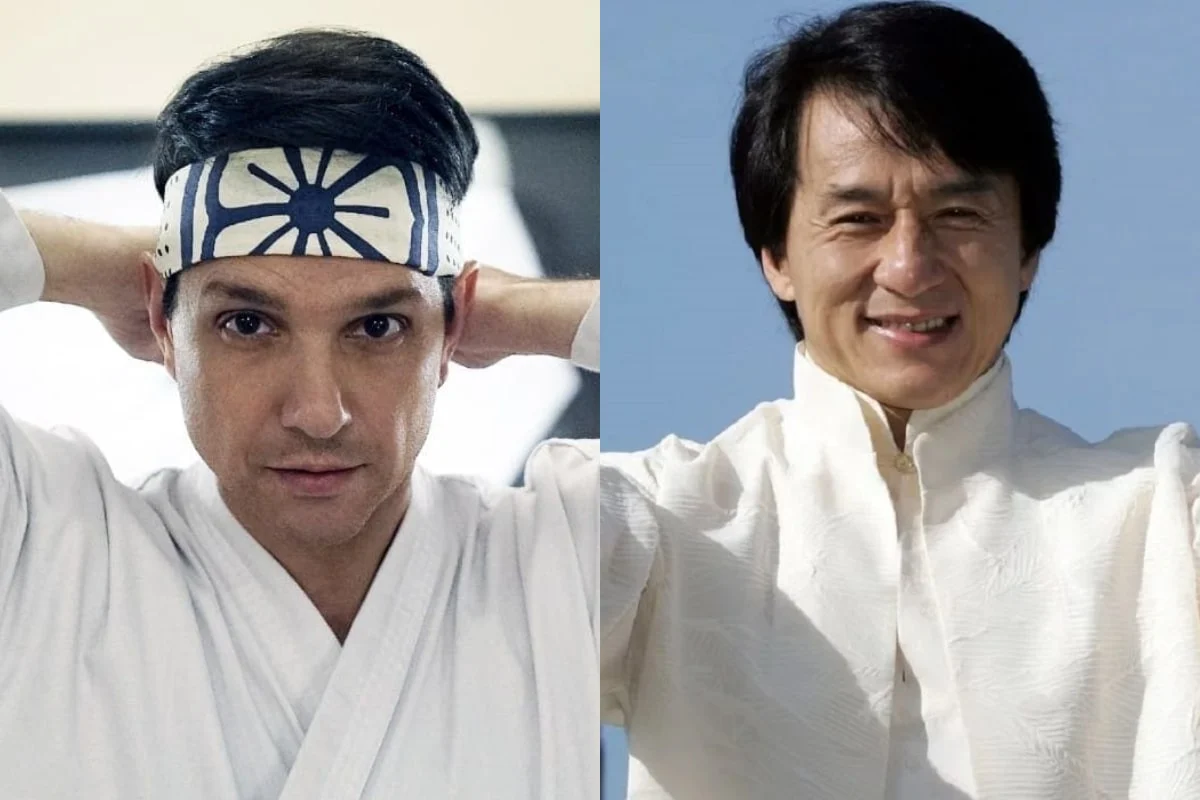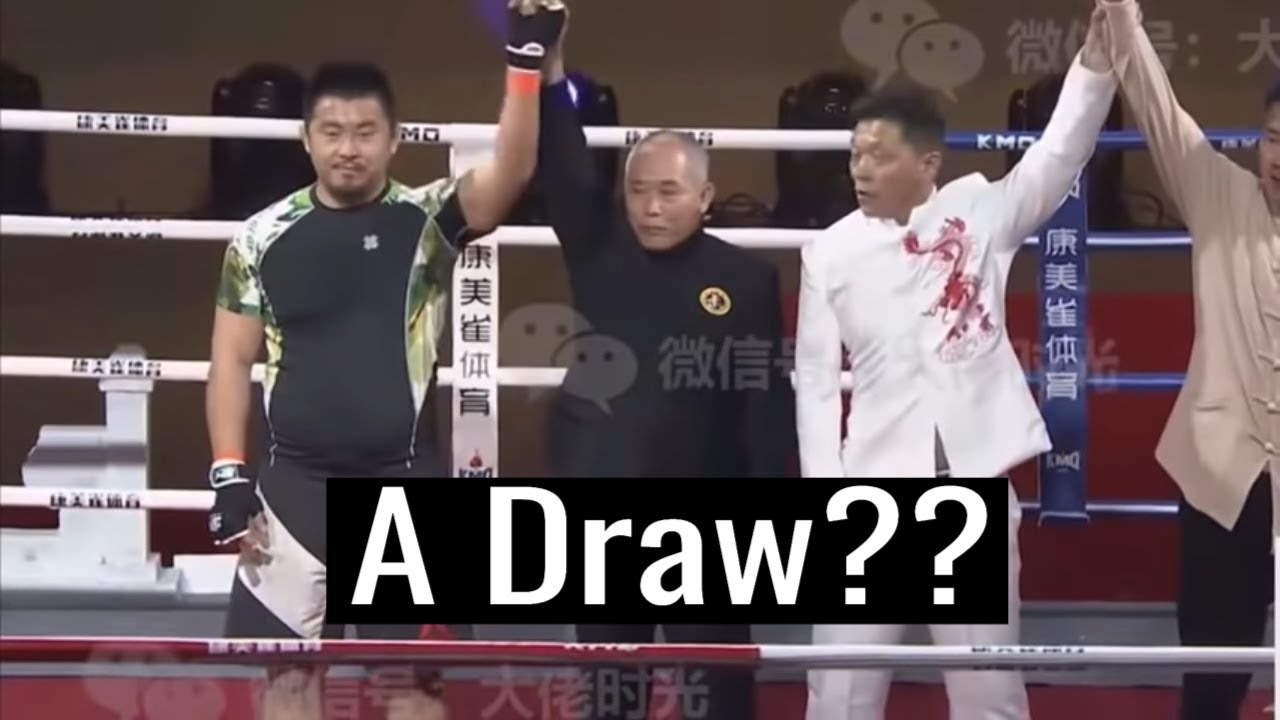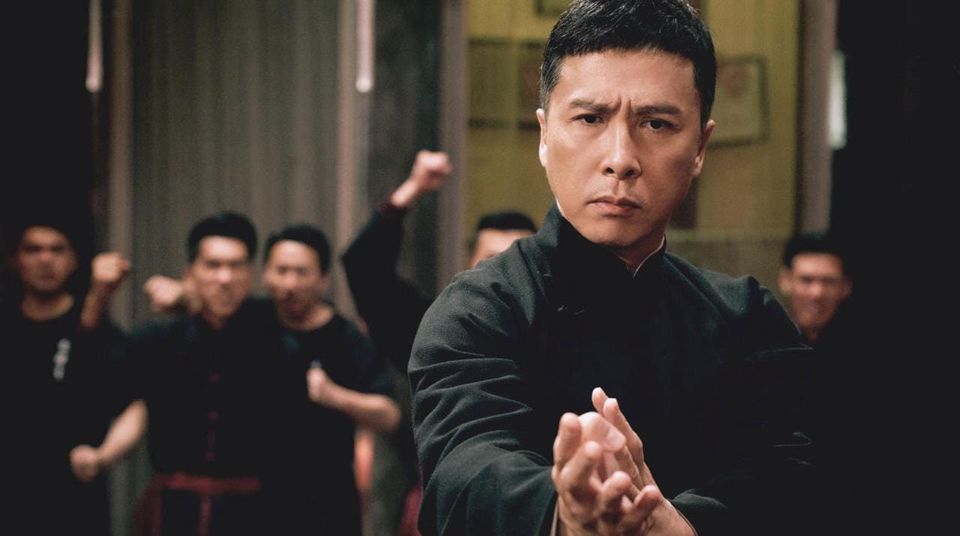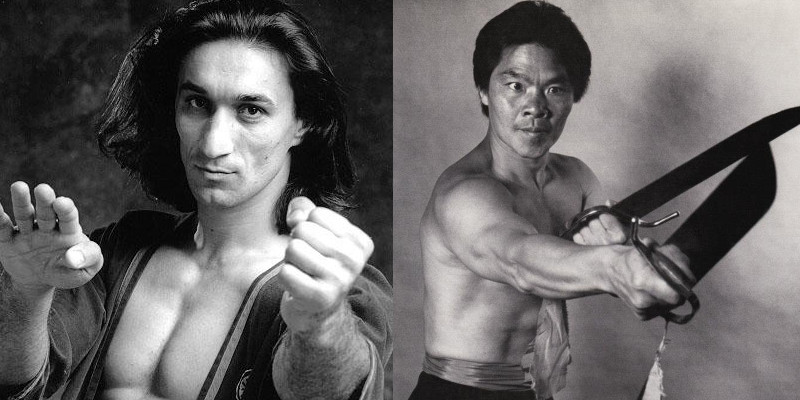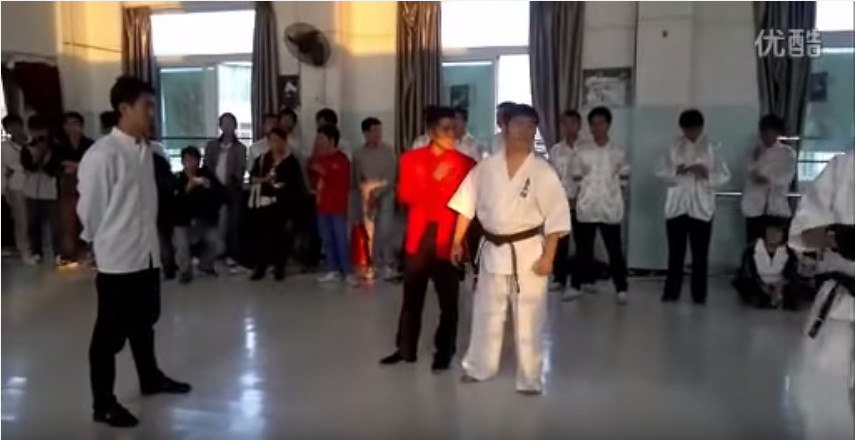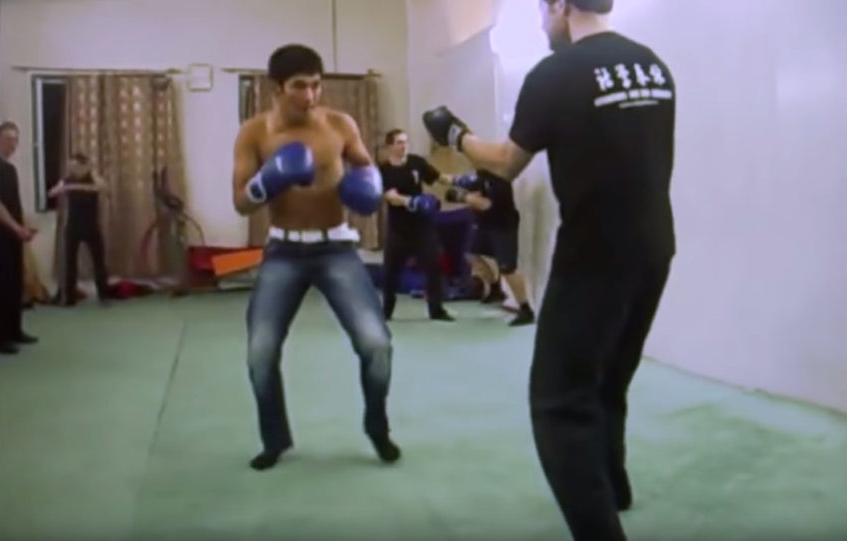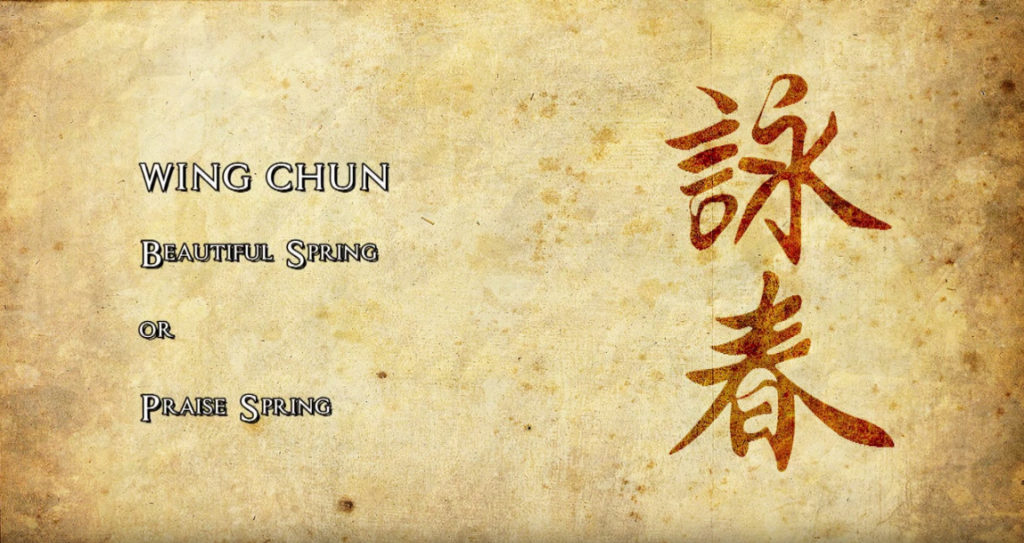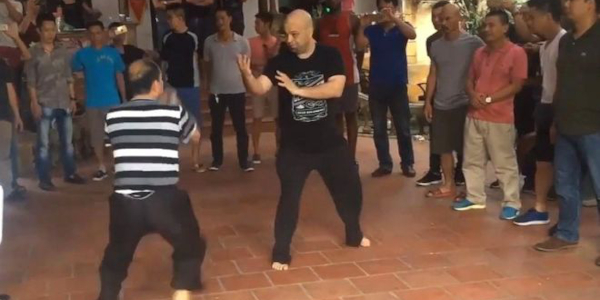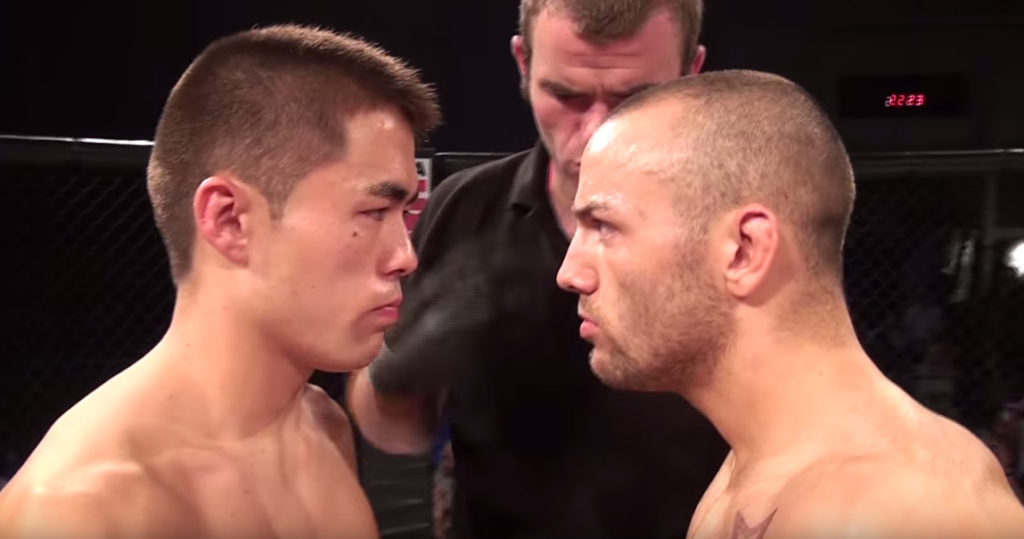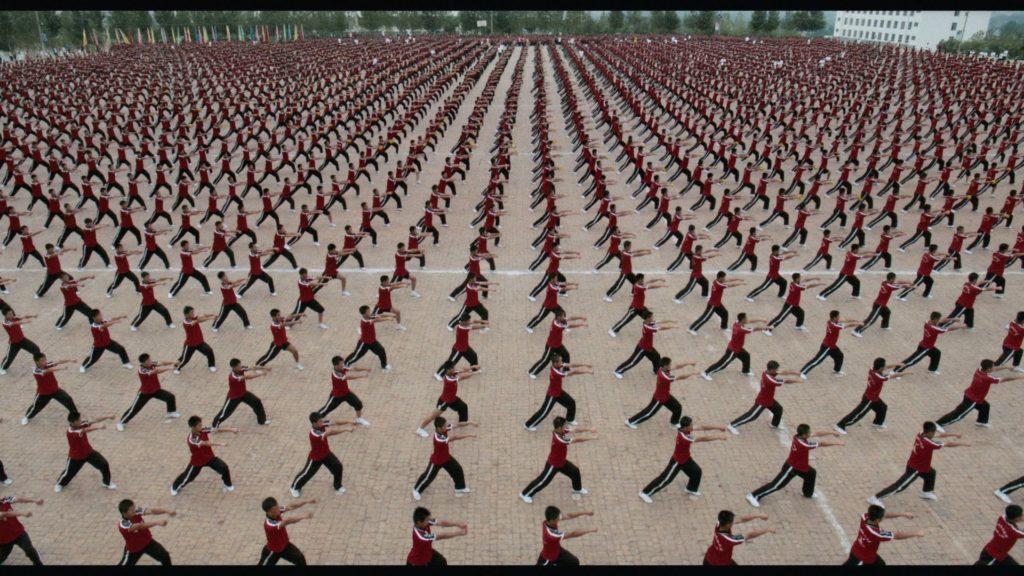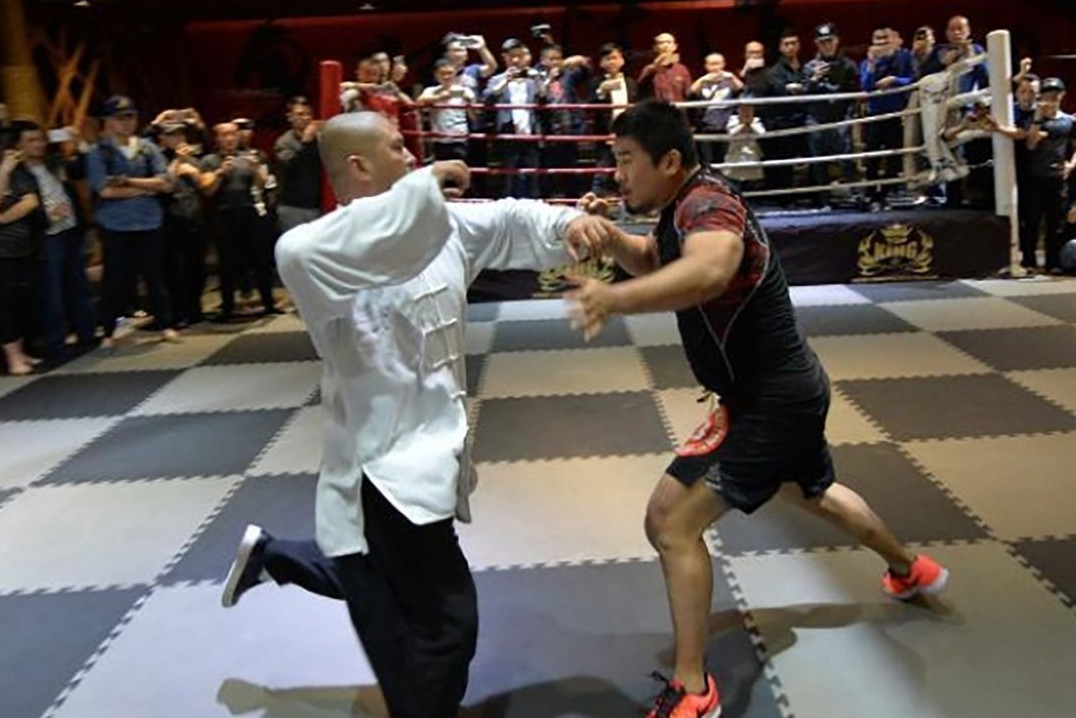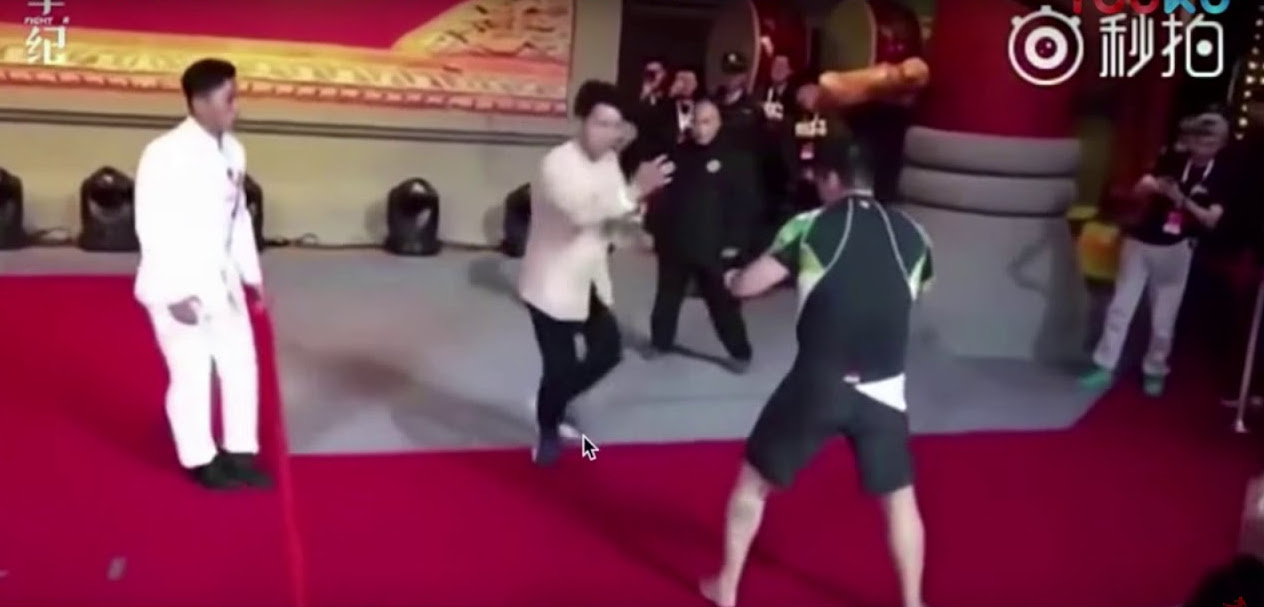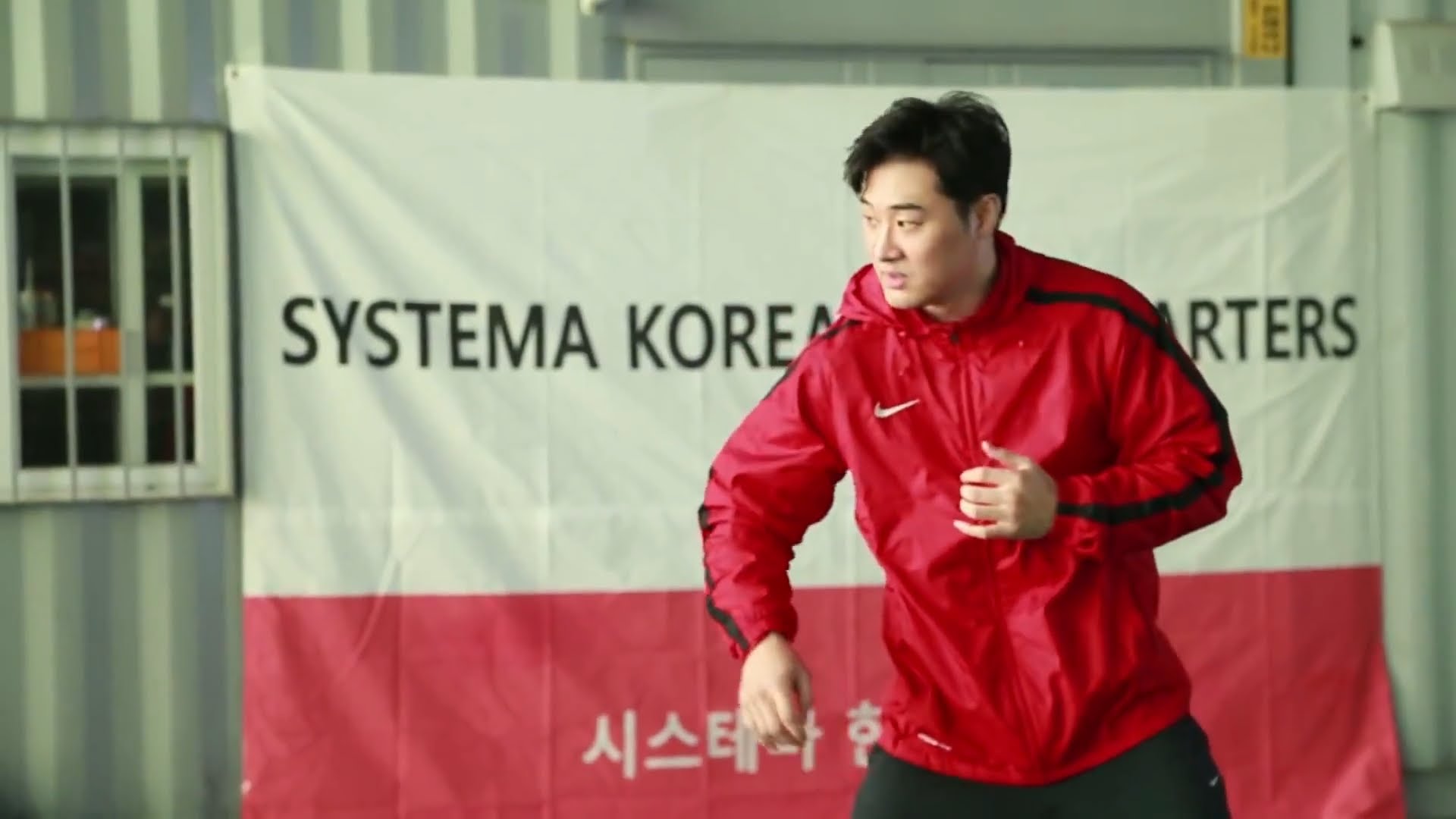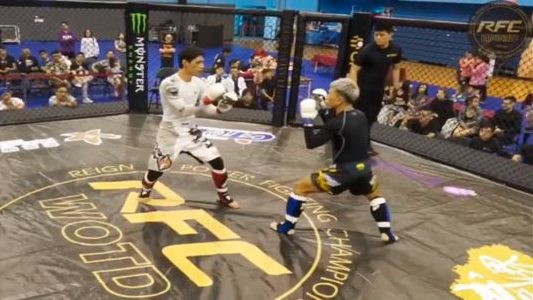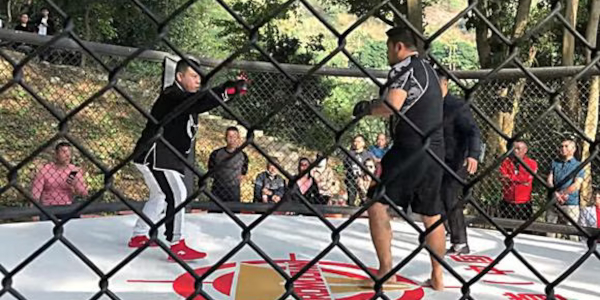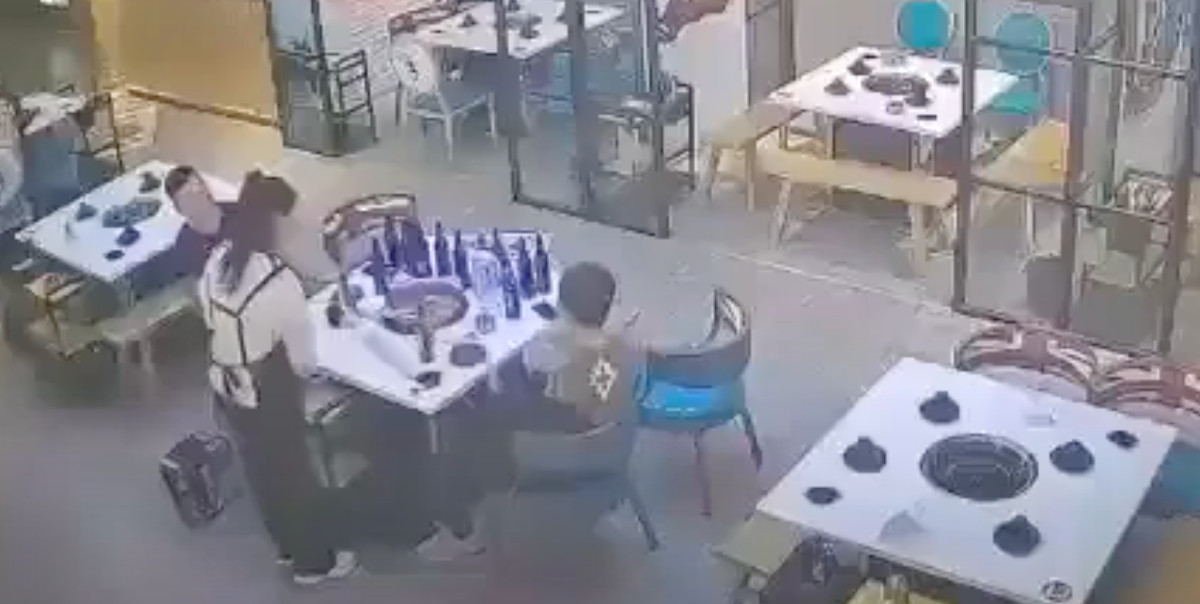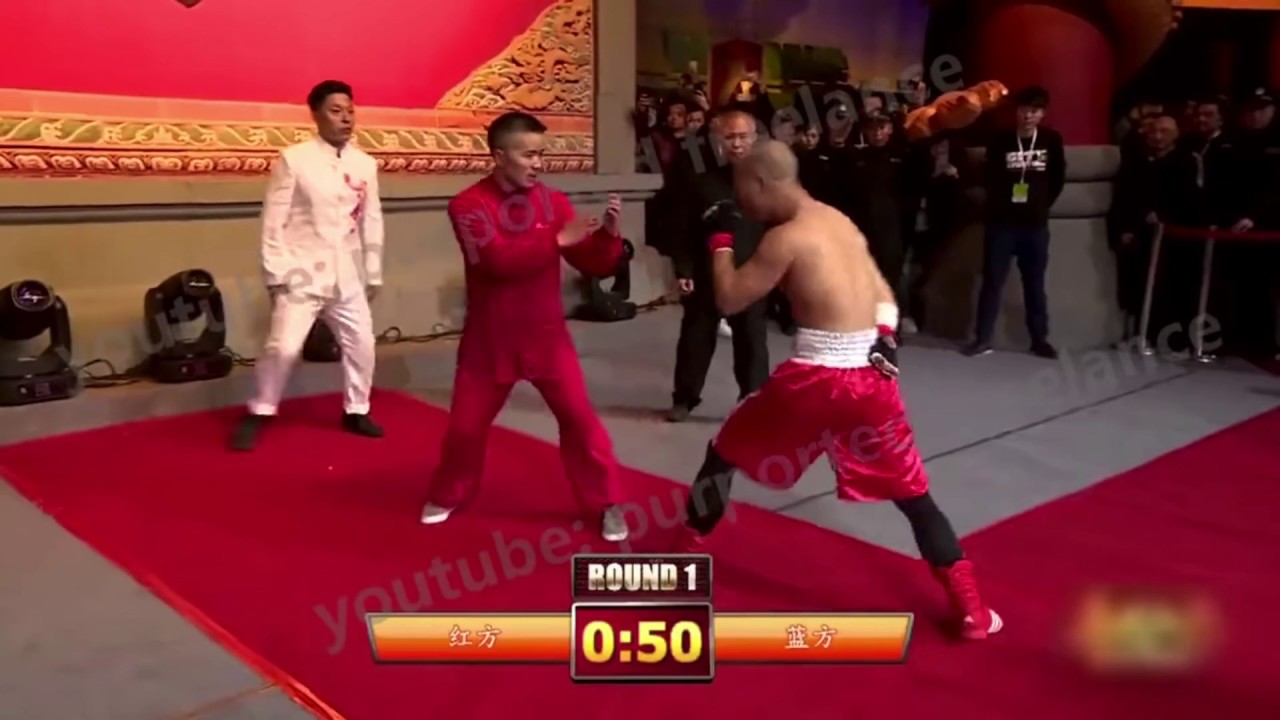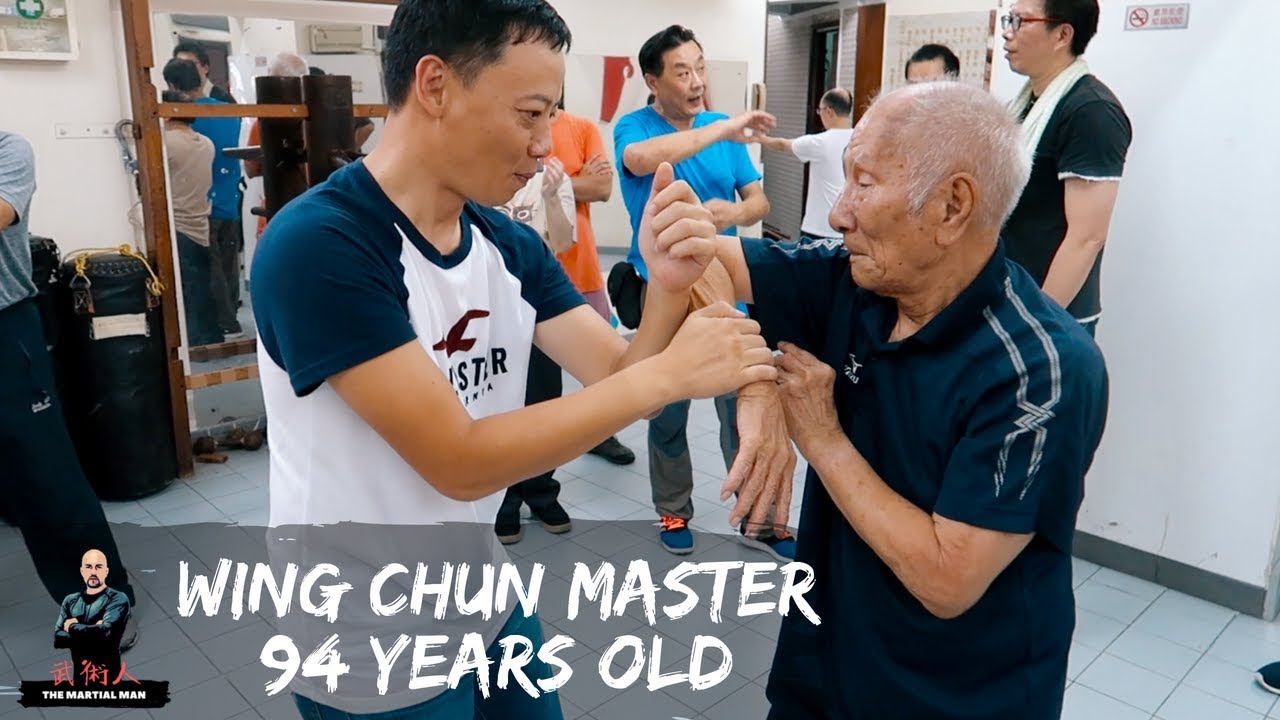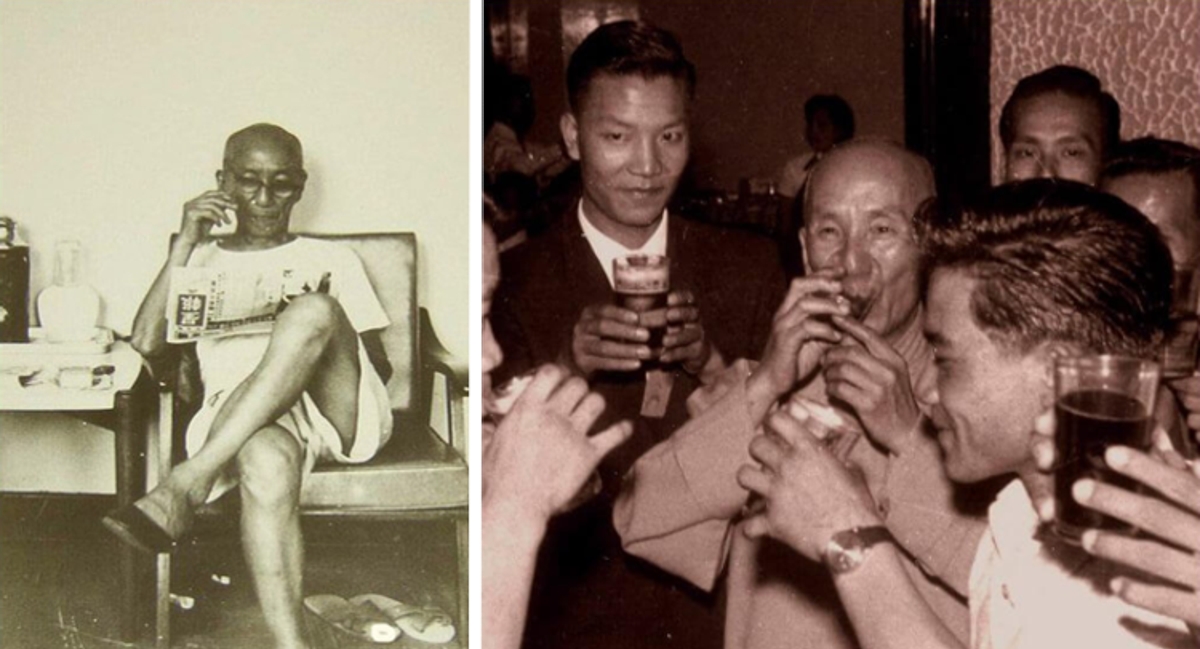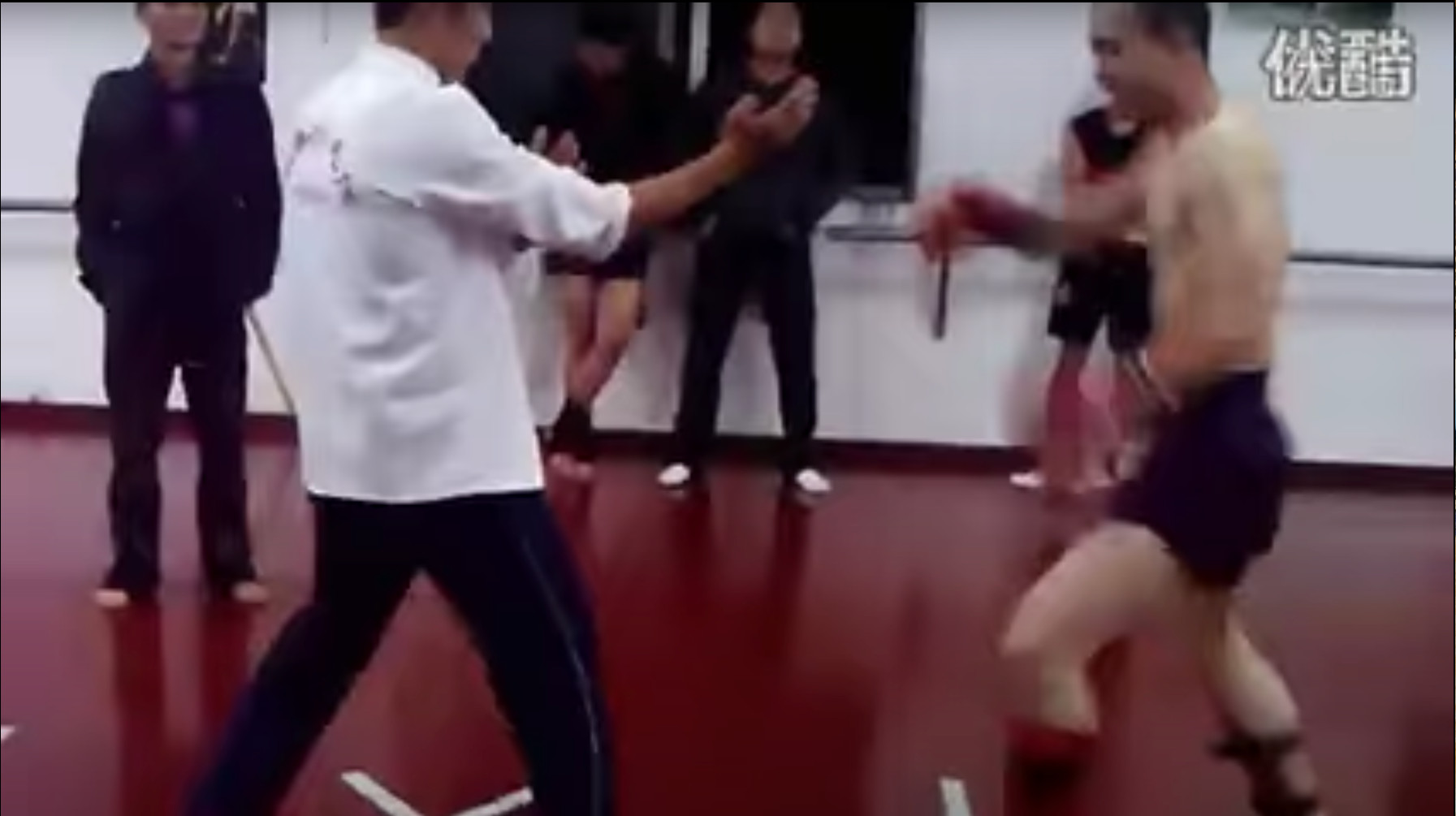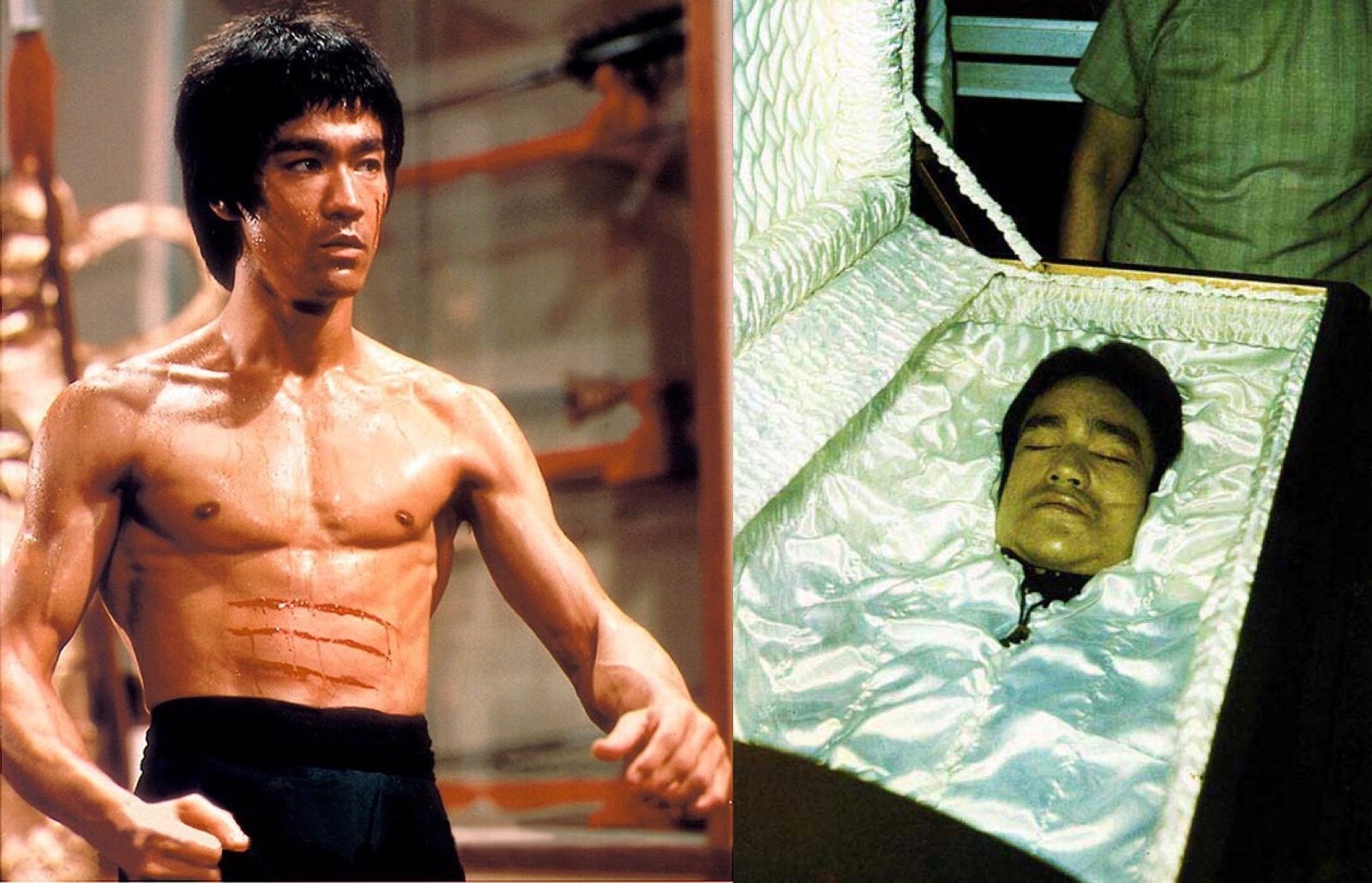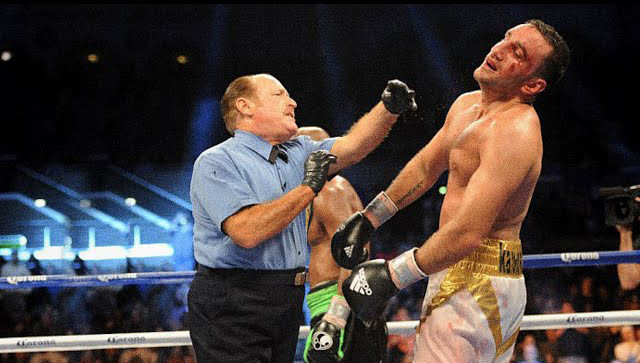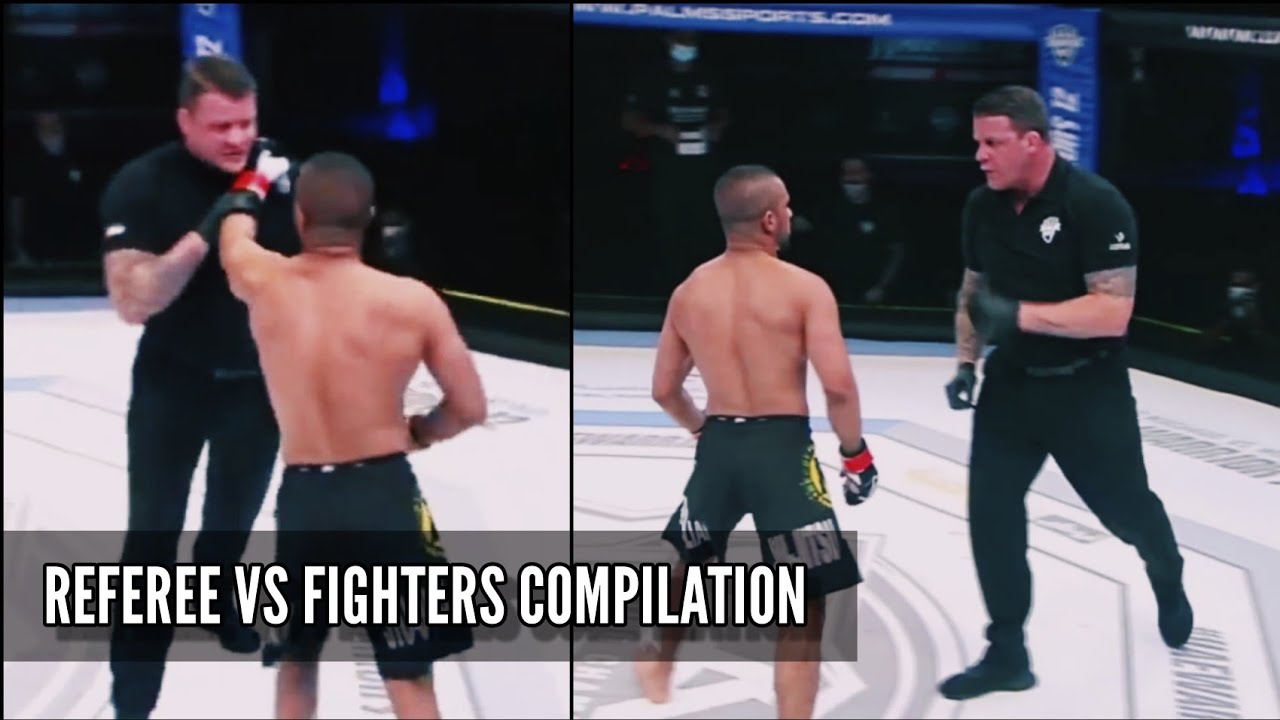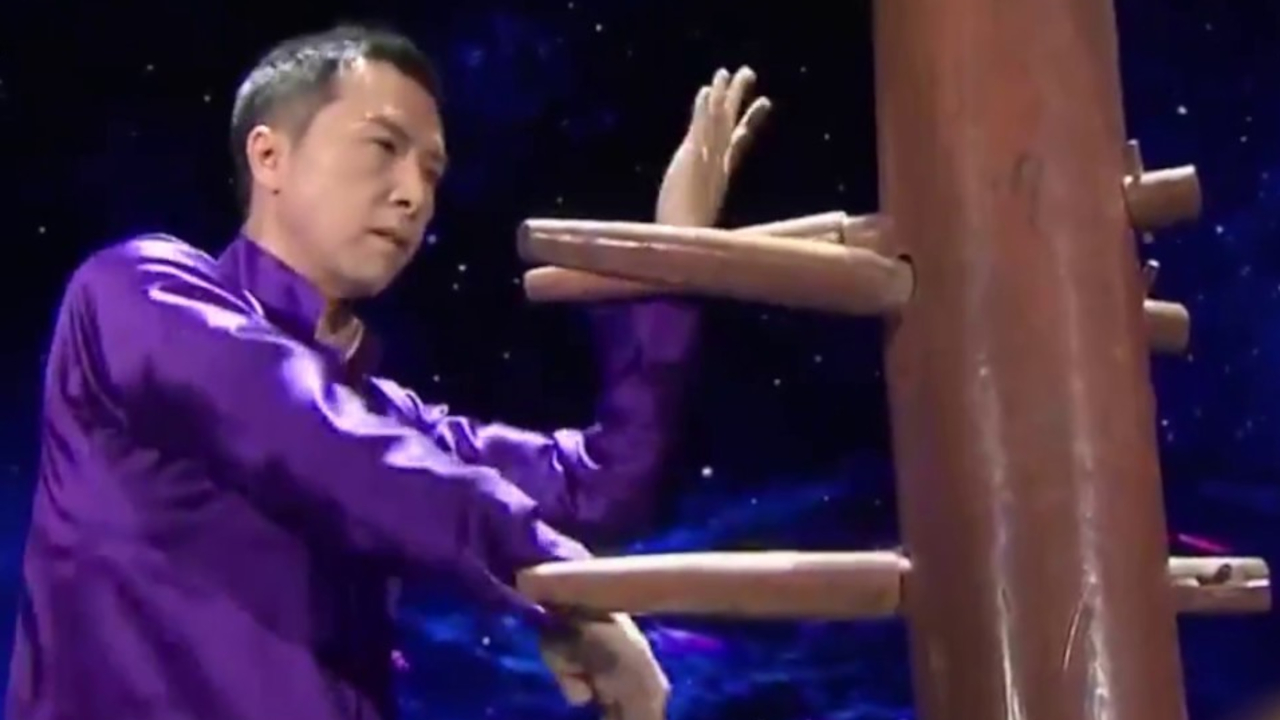Wing Tai: new martial arts trend?
Reading time: 1 minute
08/03/2017
What do you think about? Please leave your comment!
Wing Tai Art & Weapons has been founded on martial arts like the Chinese Wu Shu style of Plum Blossom Boxing, “Mui Fa Kuen†which applies to us as a forerunner of today’s martial arts like, Wing Tsun, Wing Chun and the ancient Thai martial art, “Ling Lom†= Air Monkey or Dancing monkey style. We can probably assume that, the Plum Blossom Boxing was created by the older generation of the five leading masters, who have fled from the Shaolin Temple after it was burned, in order to develop a new martial art against the rebels. According to legend, a comparison battle took place between this Chinese “Mui Fa Kuen†and the ancient Thai, “Ling Lomâ€. But also the former combat Tai Chi could have played a significant role in the development. So does Tai Chi mean translated: one thing in their size with no limits. Also, an influence from the Shaolin Monastery is quite conceivable. This ancient art is said to be also a kind of Thai wrestling art. But the core of Wing Tai is constituting of the 5 “concepts of prophecyâ€, which is probably still a thenceforward well-kept treasure. We can fortunately say, that today Wing Tai has been spared from the sports influence, for we want to reflect on the ancient roots as a tool of fighting, which certainly draws on centuries of old knowledge.
Wing Tai Today
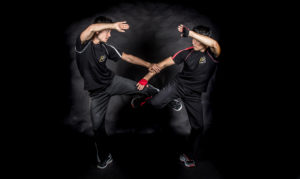 In the present day, Wing Tai has been enriched by weapons elements from Thai weapons arts, such as Krabi Krabong, the Philippine Pangamot, Kali, Arnis, Escrima, the Dumog, Sikaran as well from the Indonesian Silat. We suspect that even Pangamut had a connection to Ling Lom. Pangamut is the martial art of the ancient Philippine Moro warrior. From the Pangamut gave rise to the arts like Kali, Arnis and Escrima.
Looking for the Missing-Link, Wing Tai is for us a kind of martial art systematic for the all-rounder of martial arts. It has now also a distinct European influence, whereupon for us our Missing Link of martial arts is founded.
We don’t believe that a certain style in a fight is better than another one, but it’s always dependent on the person. For any style or system is still only as good as the one who represents him. Thus, we do not justify us to a specific person and venerate him as an infallible Master, which in any case cannot be verified any longer.
Because Wing Tai has a visual expression of very dynamic fighting, just like with “wings†and the impression that the body has been merged with the arms and the legs, this martial art name is no coincidence. Wing can mean for one: rotational movements that show a wing, wing arm or a movement to the side and for the other one it can mean different perspectives and points of views of fighting. The word also stands for vision, clarity and the clear. Various fan-like rotational movements characterise the Wing Tai. These are designed for optimum strength efficiency and power delivery. Tai stands for the mutually extreme hard and soft, but also for freedom and harmony in the movement and the spirit. Wing Tai expresses thus the contrasting, flowing, freedom and harmony in motion and unites the hard with the soft. It is a very dynamic, flexible, changing martial art.
In the present day, Wing Tai has been enriched by weapons elements from Thai weapons arts, such as Krabi Krabong, the Philippine Pangamot, Kali, Arnis, Escrima, the Dumog, Sikaran as well from the Indonesian Silat. We suspect that even Pangamut had a connection to Ling Lom. Pangamut is the martial art of the ancient Philippine Moro warrior. From the Pangamut gave rise to the arts like Kali, Arnis and Escrima.
Looking for the Missing-Link, Wing Tai is for us a kind of martial art systematic for the all-rounder of martial arts. It has now also a distinct European influence, whereupon for us our Missing Link of martial arts is founded.
We don’t believe that a certain style in a fight is better than another one, but it’s always dependent on the person. For any style or system is still only as good as the one who represents him. Thus, we do not justify us to a specific person and venerate him as an infallible Master, which in any case cannot be verified any longer.
Because Wing Tai has a visual expression of very dynamic fighting, just like with “wings†and the impression that the body has been merged with the arms and the legs, this martial art name is no coincidence. Wing can mean for one: rotational movements that show a wing, wing arm or a movement to the side and for the other one it can mean different perspectives and points of views of fighting. The word also stands for vision, clarity and the clear. Various fan-like rotational movements characterise the Wing Tai. These are designed for optimum strength efficiency and power delivery. Tai stands for the mutually extreme hard and soft, but also for freedom and harmony in the movement and the spirit. Wing Tai expresses thus the contrasting, flowing, freedom and harmony in motion and unites the hard with the soft. It is a very dynamic, flexible, changing martial art. 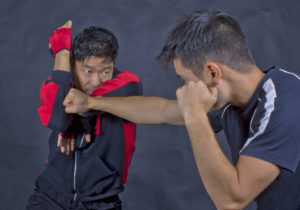 Wing Tai is now a martial art system that creates in an impressive way a link between the ever more abstract systems and the actual fighting. It therefore includes both modern and classic concepts of the armed and unarmed combat. The inspiration is the seed of change in Wing Tai. We train in Wing Tai the change and adaptability. We don’t exclude any situation nor distance. Defensive and offensive measures are carried out with all kinds of body weapons and tools. So we use kicks and punches, elbow and knee attacks, we practice throws and counter throws, joint locks and counter joint locks, wrestling and “diggingâ€, going till ground combat and use of all kind objects and weapons. So the advanced practitioner of Wing Tai in time can be understood as a “style-free stylist†in the art of fighting.
We have a history and are sure to be able to pass on with pride that knowledge to someone who wants to study it seriously. Because we see the tradition as a preservation of fire rather than worshiping the ashes. Let us remember our ancient roots, without degenerating into a traditional and inflexible system and thus remain in the flow of movement. So it was and remains alive, in constant motion and change, and can adapt as an uniquely modern zeitgeist. We learn to fight in order to not have to fight and preserve thus also peace.
But more importantly is our inner peace with ourself
Text: the founder of Wing Tai, Ong-Tai Heinrich Pfaff
Source: History of Wing Tai
Wing Tai is now a martial art system that creates in an impressive way a link between the ever more abstract systems and the actual fighting. It therefore includes both modern and classic concepts of the armed and unarmed combat. The inspiration is the seed of change in Wing Tai. We train in Wing Tai the change and adaptability. We don’t exclude any situation nor distance. Defensive and offensive measures are carried out with all kinds of body weapons and tools. So we use kicks and punches, elbow and knee attacks, we practice throws and counter throws, joint locks and counter joint locks, wrestling and “diggingâ€, going till ground combat and use of all kind objects and weapons. So the advanced practitioner of Wing Tai in time can be understood as a “style-free stylist†in the art of fighting.
We have a history and are sure to be able to pass on with pride that knowledge to someone who wants to study it seriously. Because we see the tradition as a preservation of fire rather than worshiping the ashes. Let us remember our ancient roots, without degenerating into a traditional and inflexible system and thus remain in the flow of movement. So it was and remains alive, in constant motion and change, and can adapt as an uniquely modern zeitgeist. We learn to fight in order to not have to fight and preserve thus also peace.
But more importantly is our inner peace with ourself
Text: the founder of Wing Tai, Ong-Tai Heinrich Pfaff
Source: History of Wing Tai Thank you. Your comment will be approved shortly.
Comments
What a joke...!
Thank you. Your comment will be approved shortly.
One thing is for sure, they have a lot of techniques.
Thank you. Your comment will be approved shortly.
All martial arts are old if one wants to put a variation of an older style and call it new, go for it, but please let people know that it is a hybrid and not something you created solely by yourself.
Thank you. Your comment will be approved shortly.
This is a repackaged combo of multiple weapons styles, mantis an Ving Tsun. This is the result of a master(s) "creating" a system out of other systems they don't fully understand. It may work as a fight science but it is not a martial art.
Thank you. Your comment will be approved shortly.
Really intrigued by this Wing Tai trend! Martial arts meets bird flying? Hope they offer beginner classes, I'm kind of a clumsy egret! 😂🥋🐦
Thank you. Your comment will be approved shortly.
Watch out Bruce Lee, Wing Tai is the new kid on the block! Loving the balance between mind and body - powerfull stuff! Just hope I don't accidentally knock over my tea whilst practicing!
Thank you. Your comment will be approved shortly.
Hmm, Wing Tai, that's like Kung Fu with bird-themed moves, right? Or is it more of a duck-duck-punch kind of thing? Intriguing!
Thank you. Your comment will be approved shortly.
Juming right into the Wing Tai wave! It looks like a fun, butt-kicking trend. Guess it's time to bring out my old karate belt again – it's about to get dusty!
Thank you. Your comment will be approved shortly.
Wing Tai? More like Wing WOW! Loving this new trend! Can't wait to ace those moves and scare away my calories, LOL. Just hope I don't break anything...besides a sweat!
Thank you. Your comment will be approved shortly.







